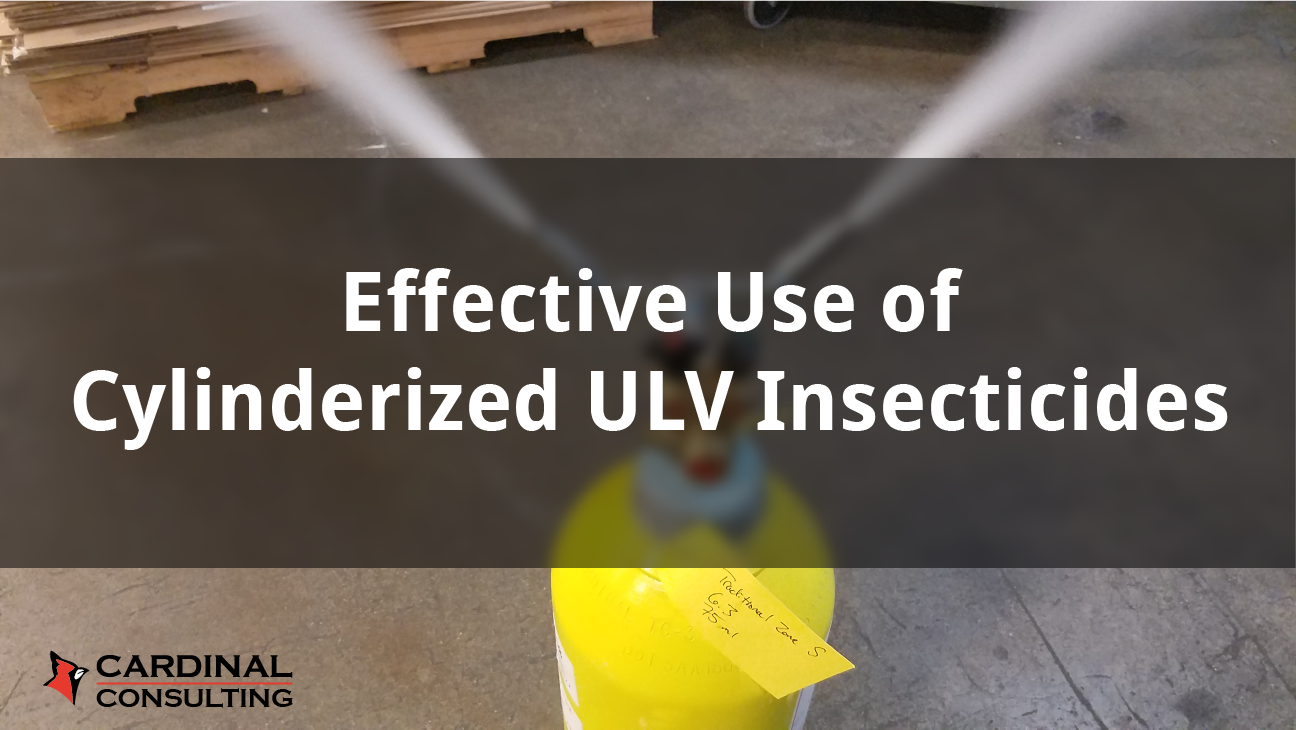
Effective Use of Cylinderized ULV Insecticides
A Shift in the Industry
Food processing facilities have changed their pest management perspective since the Global Food Safety Initiative (GFSI) and the Food Safety Modernization Act (FSMA) have come into play. Food Safety Managers are reviewing their pest management practices to focus more on sanitation, insect population monitoring and low-impact pesticide applications versus scheduling facility fumigations as they have in the past. ULV Insecticides, insect growth regulators, mating disruption pheromones (CIDETRAK®), and targeted residual insecticide or spot fumigant applications have become a primary focus for many food facility managers.
Vap-X™
DDVP has emerged as a primary tool for food facilities to consider using due to its cost-effectiveness, especially when used in the cylinderized form. Cardinal Professional Products received EPA approval for VAP-X™ in 2013, which utilizes an 8% dichlorvos formulation that is pressurized with liquid carbon dioxide. The vaporization of carbon dioxide carries dichlorvos throughout the treatment area within seconds resulting in 100% control of Confused Flour Beetle (Tribolium confusum) adult bioassays placed prior to release of VAP-X™. Extensive field testing has shown that a dose of 0.5 grams/1,000 ft3 (25% of the label maximum dose) is adequate for 100% control of all bioassays in all of the trials recently performed.
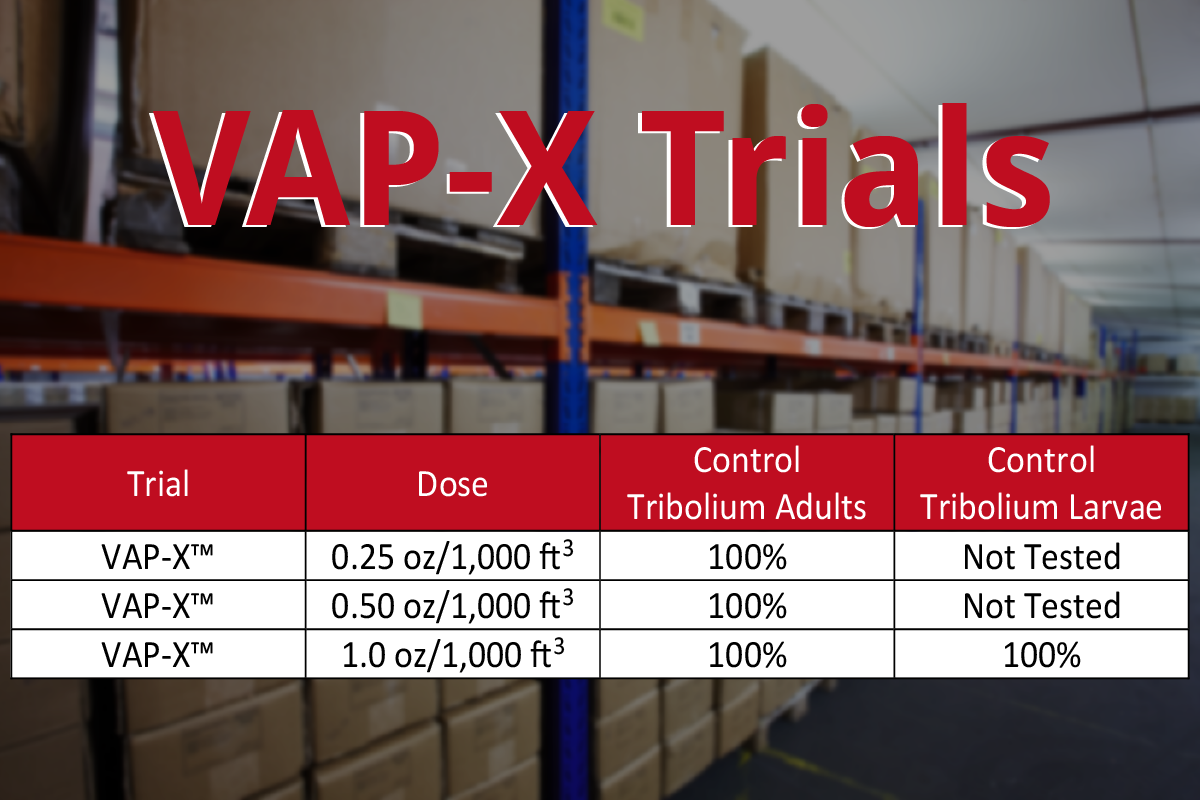
Pyre-X™
Cardinal Professional Products recently received approval for Pyre-X™ Insecticide from the EPA in 2015, which incorporates a 1% pyrethrin, 5% piperonyl butoxide formulation pressurized with liquid carbon dioxide. After performing many field trials with Pyre-X™ either alone or in combination with methoprene (Diacon IGR®) at the labeled rate of 0.3 ml/1,000 ft3, we have received excellent control of Indian Mealmoth (Plodia interpunctella) adults and larvae, and excellent to fair control of Confused Flour Beetle (Tribolium confusum) adults and larvae depending upon Pyre-X™ dose.
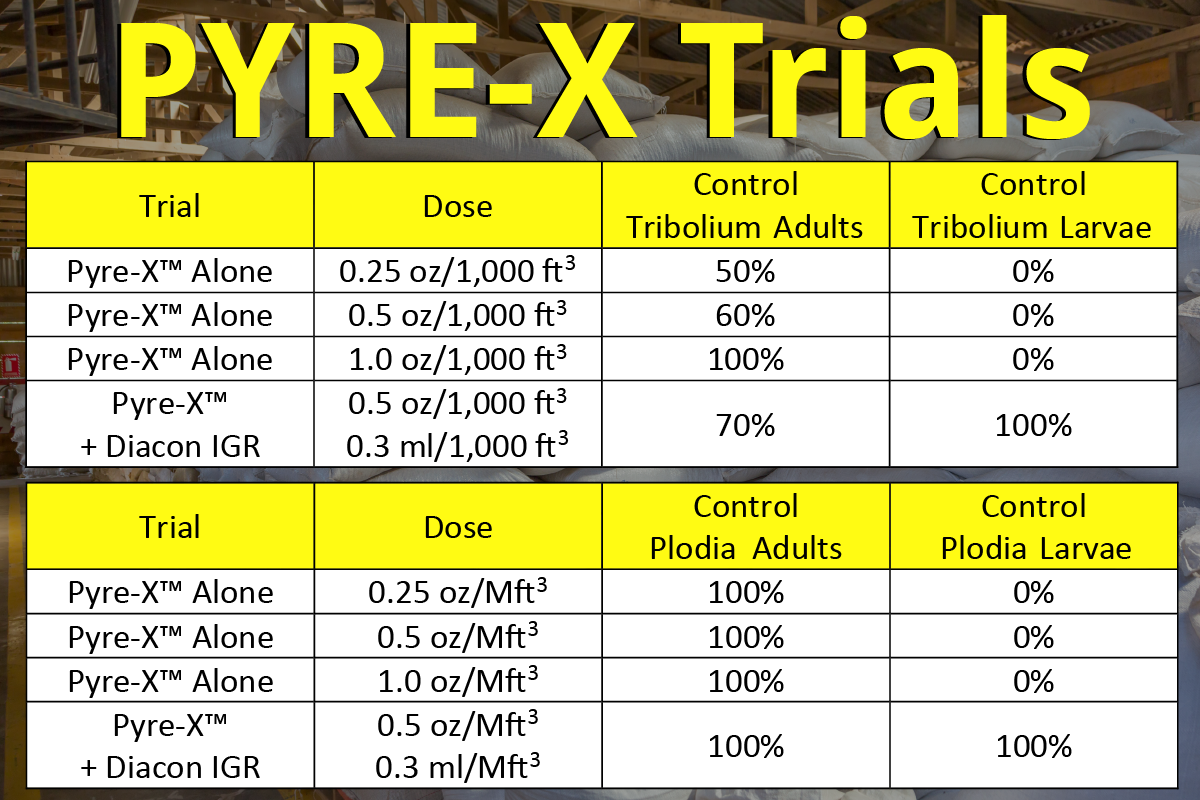
The Introduction of Pyre-X™
Having various effective pest management tools gives facility managers more options where fumigation was once the resolution. Combinations of increased sanitation, ULV treatments, intense pheromone monitoring and targeted insecticide and spot fumigant treatments are increasing trends in the industry and help the food professional to be in compliance with the new food safety laws.
The Insects in Question
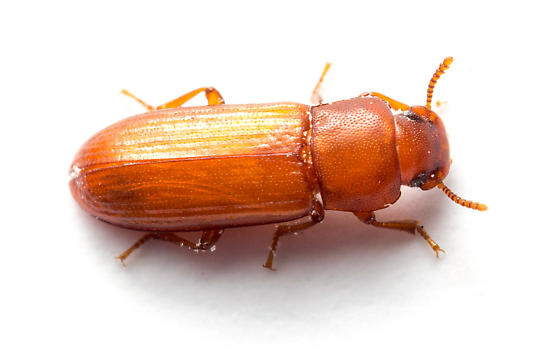
Confused Flour Beetle
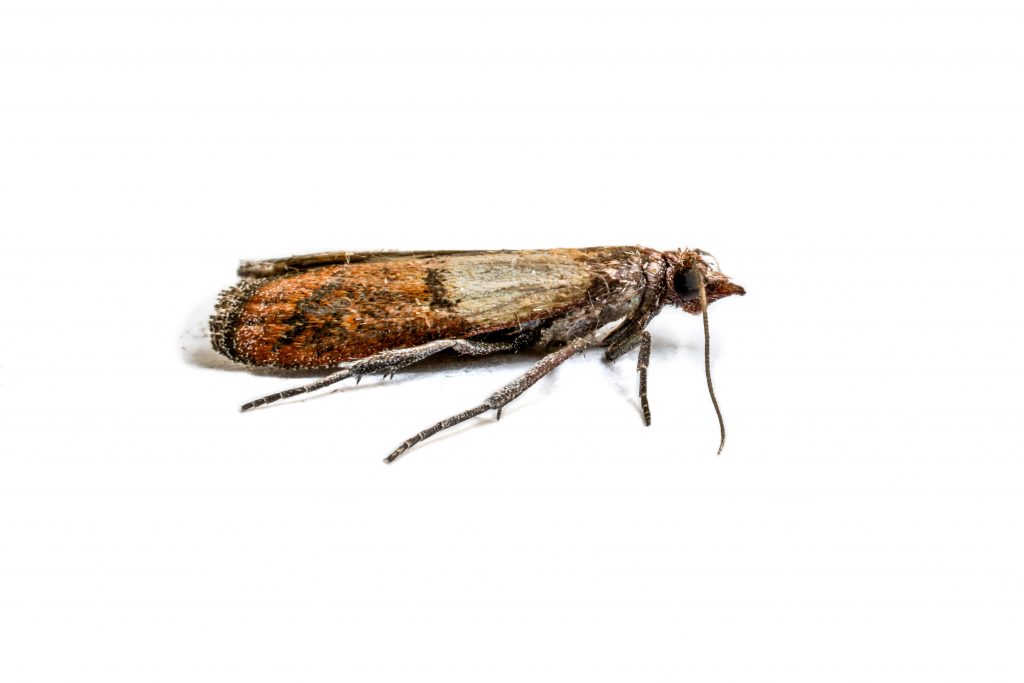
Indian Mealmoth
About the Author

Ed Hosoda
Related Courses
The ULV Cylinderized Fogging Calculator Training is designed to help you understand the ins and outs of our dedicated Vap-X™ Calculator. This training will guide you step by step to ensure complete understanding of how to calculate the correct amount of Fogging Insecticide and Cylinder Count that you’ll need to complete a job with maximum efficacy. …
+ Read More
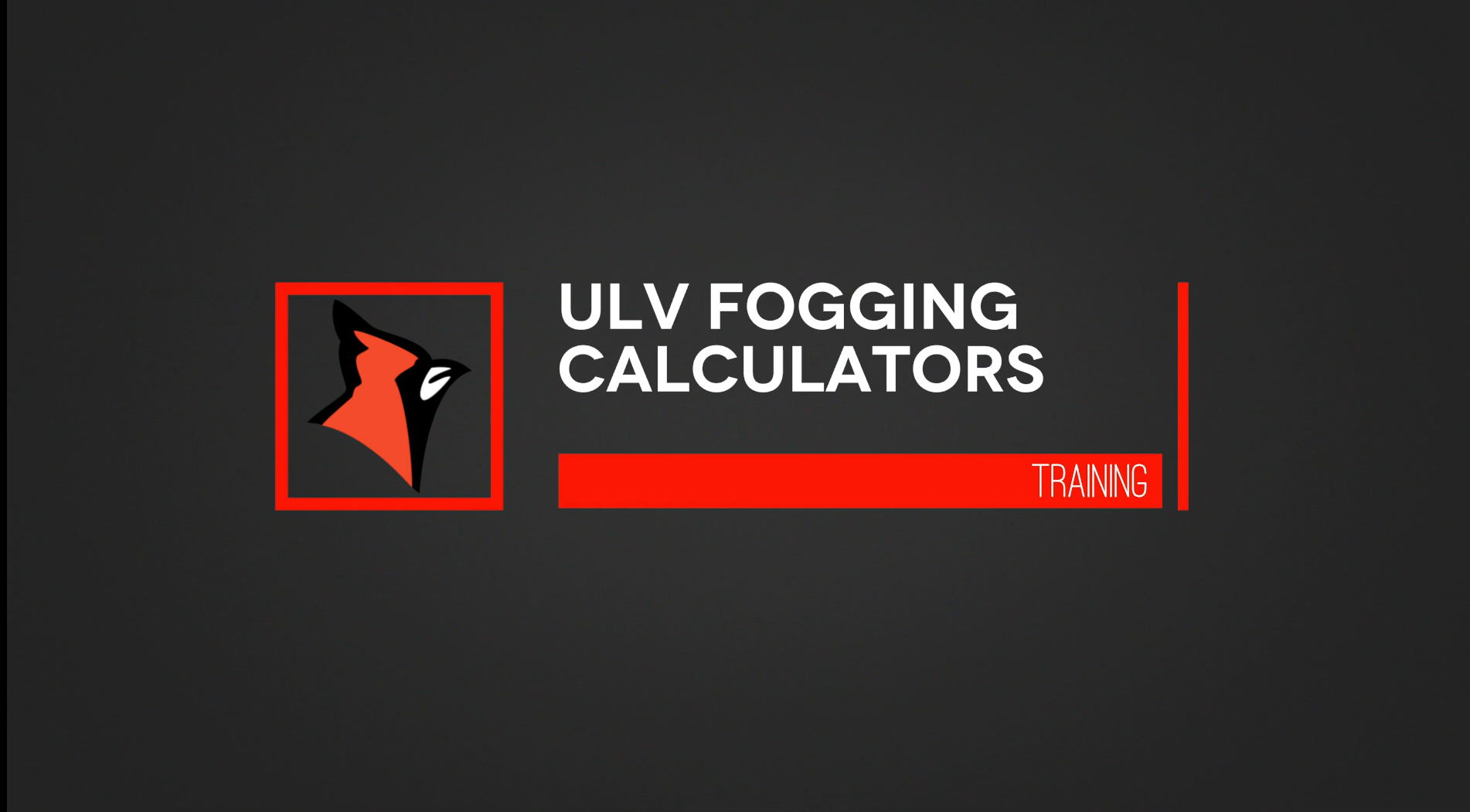
Leave a Reply